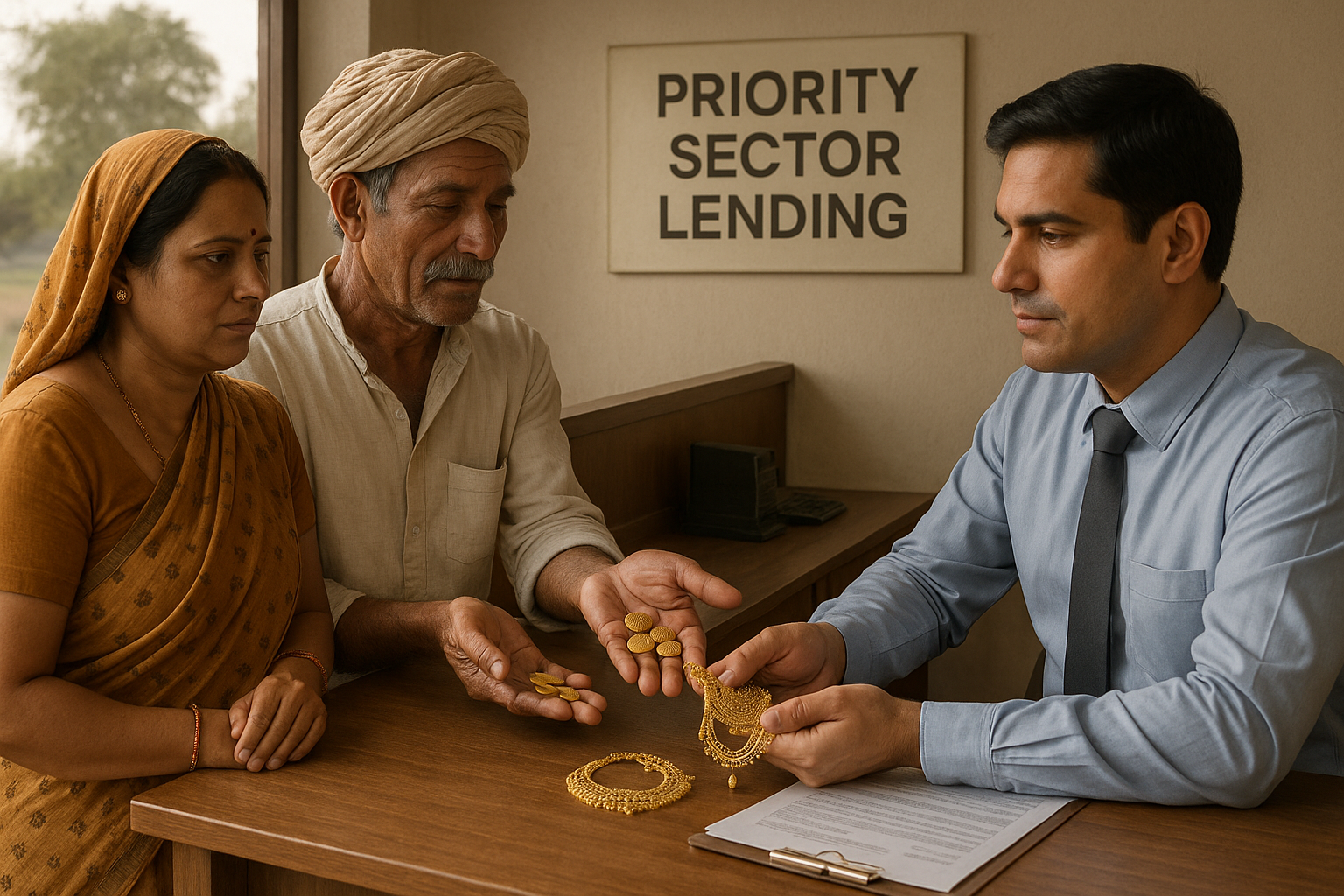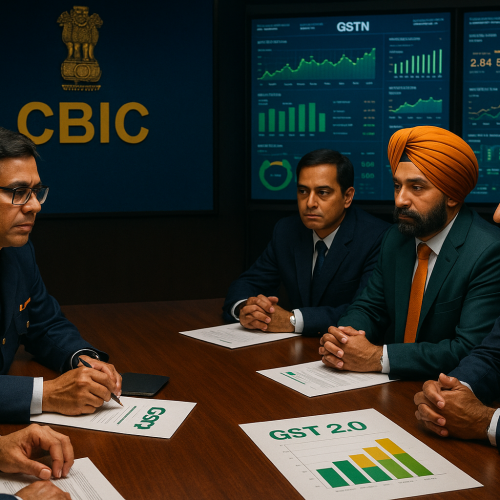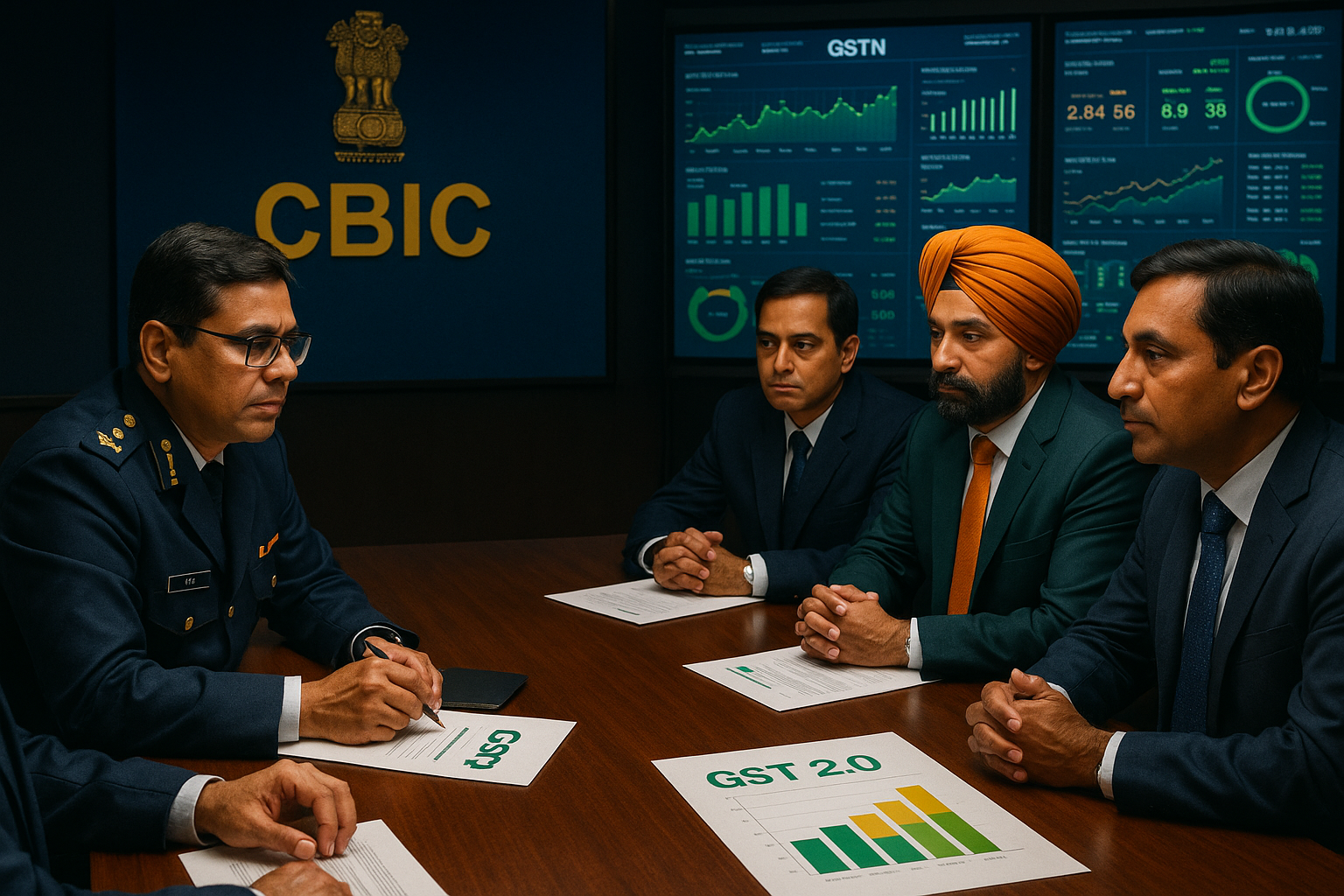In a significant regulatory update on July 11, 2025, the Reserve Bank of India (RBI) clarified that borrowers can voluntarily pledge gold or silver as collateral for agricultural and MSME loans—without it being counted as a violation of collateral-free lending guidelines. This move, applicable to loans up to ₹10 lakh, is expected to democratize access to credit for rural households and small enterprises.
Background and Context
Historically, agriculture loans up to ₹2 lakh and MSME loans up to ₹10 lakh have been classified as collateral-free. However, many borrowers still prefer collateralised options—often pledging gold—to streamline loan approvals and avoid procedural bottlenecks. The latest clarification ensures that such voluntary pledges won’t jeopardize their eligibility for priority sector lending.
Expert Insights & Industry Views
A small finance bank CEO noted:
“Borrowers will be encouraged to pledge gold to get small agriculture loans or MSME loans,” especially benefiting marginal farmers and micro-enterprises.
Legal experts, referencing the new June 2025 RBI directions on gold/silver-backed loans, confirm that voluntariness is key—a pledge is valid only when initiated by the borrower.
Broader Implications
1. Enhanced Credit Access
Many households in rural India hold significant gold reserves. This policy enables those assets to be leveraged for faster, formal credit—vital during sowing seasons or emergencies.
2. Strengthened Financial Inclusion
By merging voluntary collateral options with priority sector principles, the RBI bridges a critical gap between informal and formal credit systems.
3. Risk Management Benefits
Collateral reduces default risk for banks, which in turn may encourage them to lend more actively to underserved sectors.
4. Priority Sector Targets Compliance
Gold-pledged loans will now properly count towards agriculture (18%) and microenterprise (7.5%) targets—helping banks meet regulatory goals.
Key Clarifications
Loan limits: ₹10 lakh generally; up to ₹25 lakh if borrower qualifies.
Only voluntary pledges are allowed—no pressure from lenders.
Accepted collaterals include physical gold and silver—not digital gold or ETFs.
Challenges & Considerations
RBI’s stricter norms (75% LTV limit, single-borrower caps) still apply to gold loans generally.
Public sector banks and NBFCs will need standardized collateral valuation processes to manage risk and compliance.
Future Outlook
| Area | Expected Outcome |
|---|---|
| Faster loan processing | Reduces barriers for small borrowers |
| Increased priority lending | Helps banks meet mandated targets |
| Market formalisation | Shifts more lending from informal sources to formal channels |
| Standardised collateral norms | Enhances clarity around gold loan practices |
Conclusion
RBI’s permissive stance on voluntary gold pledges marks a landmark change in lending policy. By enabling formal credit backed by personal gold assets, this measure promotes inclusion, manages risk, and strengthens agricultural and MSME lending. While safeguarding collateral-free intent, it lays the groundwork for more dynamic rural credit growth.












